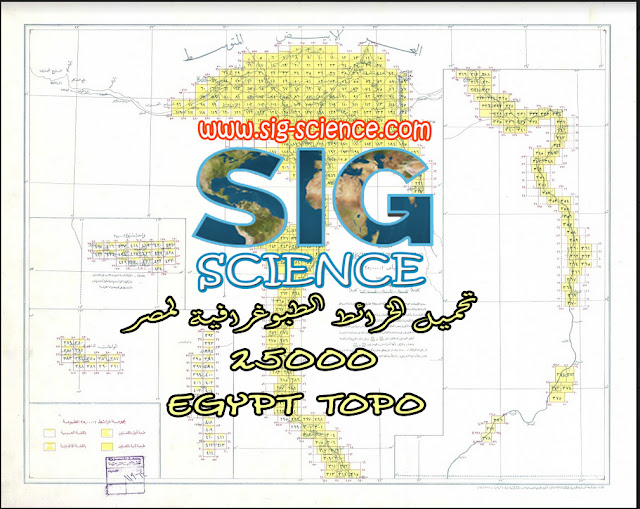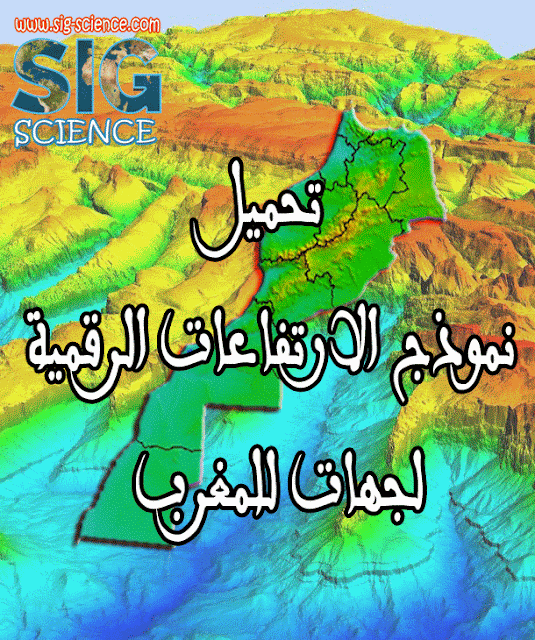Abstract
A high accuracy Digital Elevation Model (DEM)
for the Nile delta region, Egypt is needed for several environmental
applications, particularly for investigating the hazardous impacts of
sea level rise and land subsidence phenomena. Since there is no official
published national DEM for Egypt, an original high accuracy local
digital elevation model (LDEM) for that region has been created using
nine Spatial Interpolation Methods (SIMs) within a Geographic
Information Systems (GIS) environment. The interpolation process took
place after digitizing over than 220 topographic maps of scale 1:25,000,
where more than 810,000 elevation (spot heights) points have been
extracted from these maps. Multiple parameters and criteria for each SIM
were applied to reach the optimal settings to produce a LDEM for
environmental applications. The developed LDEMs have been compared
against eight free Global Digital Elevation Models (GDEMs) using about
200 known GPS/levelling Ground Control Points (GCPs), where a
statistical assessment has been accomplished for both GDEMs and LDEMs
residuals after applying a vertical and horizontal datum matching for
all the used data sets, and an outlier detection procedure. Also, a
Reliability Index (RI) has been calculated to determine the best DEM for
the Nile Delta region. The accomplished results showed that
EARTHEnv-DEM90 attained the highest RI of 5.47 as the optimum global
DEM. For local DEM's interpolation methods, it is concluded that the
Kriging-based local DEM attained highest RI of 9.27. Consequently, it
has been concluded that the new developed high accuracy LDEM improves
the overall accuracy and reliability of the best available GDEM by
almost 41%, and, hence, it is appropriate for geospatial, environmental,
and GIS studies in Egypt.
Article
- 1. Introduction
- 2. Study Area and Available Data
- 3. Development of a Local DEM
- 3.1. Digitizing Process
- 3.2. Spatial Interpolation Process and Creating LDEMs
- 4. DEM Evaluation
- 4.1. Vertical Datum Matching
- 4.2. DEMs Validation with GCPs
- 4.3. GDEM versus LDEM Comparison
- 5. Summary and Conclusions
- Download
- Full-Text PDF



















